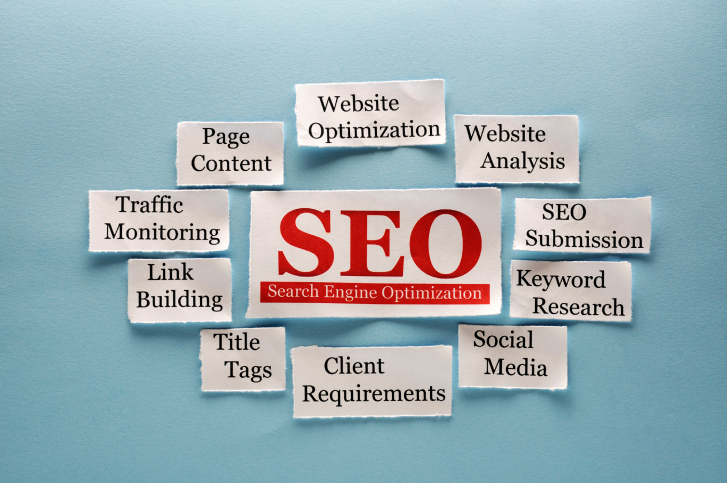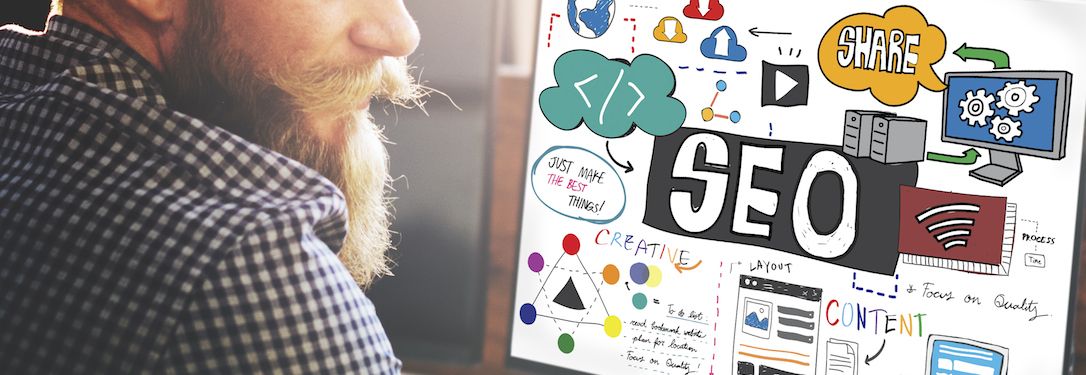Optimising Images for SEO
The best ways for your digital marketing agency to optimise images
An increasing number of all web searches – including mobile – are now happening on Google Images. This is a trend that is set to continue, which means that as a marketer or digital marketing agency you need to make sure that you do everything that you can to optimise your images to make it easy for Google to find them.
You may or may not be aware there are actually Google guidelines for optimising images, which you can read here. The key take home message from these Google guidelines is that “by adding more context around images, results can become much more useful, which can lead to higher quality traffic to your site.”
We’ve produced our own quick and easy summary to help you gain a good basic understanding of how to optimise your images for Google image search. There are four key areas to remember:
- Titles, tags and alt-text
- Sitemap, structure and filenames
- Format and size
- Uniqueness

Titles, tags and alt-text
Google will use a range of basic on-page SEO factors to rank images, just as it does with textual searches. So your images will be more easily found if they are relevant to the page’s title, description, tags and structured data.
It’s also very important to create alt tags for every image. This is the text alternative to an image that will appear if for any reason the image can’t be displayed by a browser. This enables users to understand what image is supposed to be there. Creating meaningful alt tags is also beneficial to your overall on-page SEO strategy as it associates keywords with images, which can influence Google’s image selection during a search query.
Sitemap, structure and filenames
It’s also important to include details of images either in your main sitemap or to have a separate sitemap for images. This will enable search engines to crawl and index your images more effectively and is therefore likely to result in more traffic.
Be aware that Google also uses the file path and file name to rank images. So you need to think through a clear folder structure for your images, ideally including keywords in your folder names. Also give your images meaningful names that include keywords. Default filenames usually give no information about the content of the image so it is worth spending time and effort creating a relevant naming structure.

Format and size
When adding images to your site, always make sure that you’ve chosen the best format and size. PNG and JPEG are the most common for the web. If your photo is very large then consider resizing and/or compressing it using good photo editing software, to reduce the size whilst retaining the quality.
It is also a good idea to specify the width and height of your image. If you are using either AMP or PWA, you will need to do this anyway, but it’s a good habit to get into as it enables the browser to load the image more efficiently and without jumping. Even better is to use HTML and CSS to create responsive images ie set the image to adjust in size depending on what kind of device is being used to view it.
Uniqueness
Many websites rely too much on stock imagery, and therefore end up looking the same as every other website. There may also be copyright issues to contend with further downstream. Even if you use the Google Image search tools filter “labelled for reuse” you will find that many resulting images still carry copyright warnings.
So for all kinds of reasons it is far better to use your own original pictures wherever possible. It creates a better UX and more opportunities for search rankings. Also with the growth of reverse image searching, your site will be easier to track down even if a user can only remember your images.
If you do not have the resources to continually generate your own images then why not involve your customers? For example you could create a competition on either your site or one or more social media channels for users to submit photos of whatever it is you are looking for. As well as providing you with a fresh source of images, this can boost both your brand and UX. People love to find out about the experiences of others with a product or service, and are likely to value this feedback much more than all your marketing efforts put together.
So when it comes to optimising your images for the best Google results, keep in mind the four key points above. If you can implement as many of them as you can, you should soon start to see a positive difference in traffic to your site via your images.
Visit this column again soon to find more SEO tips for your digital marketing agency.